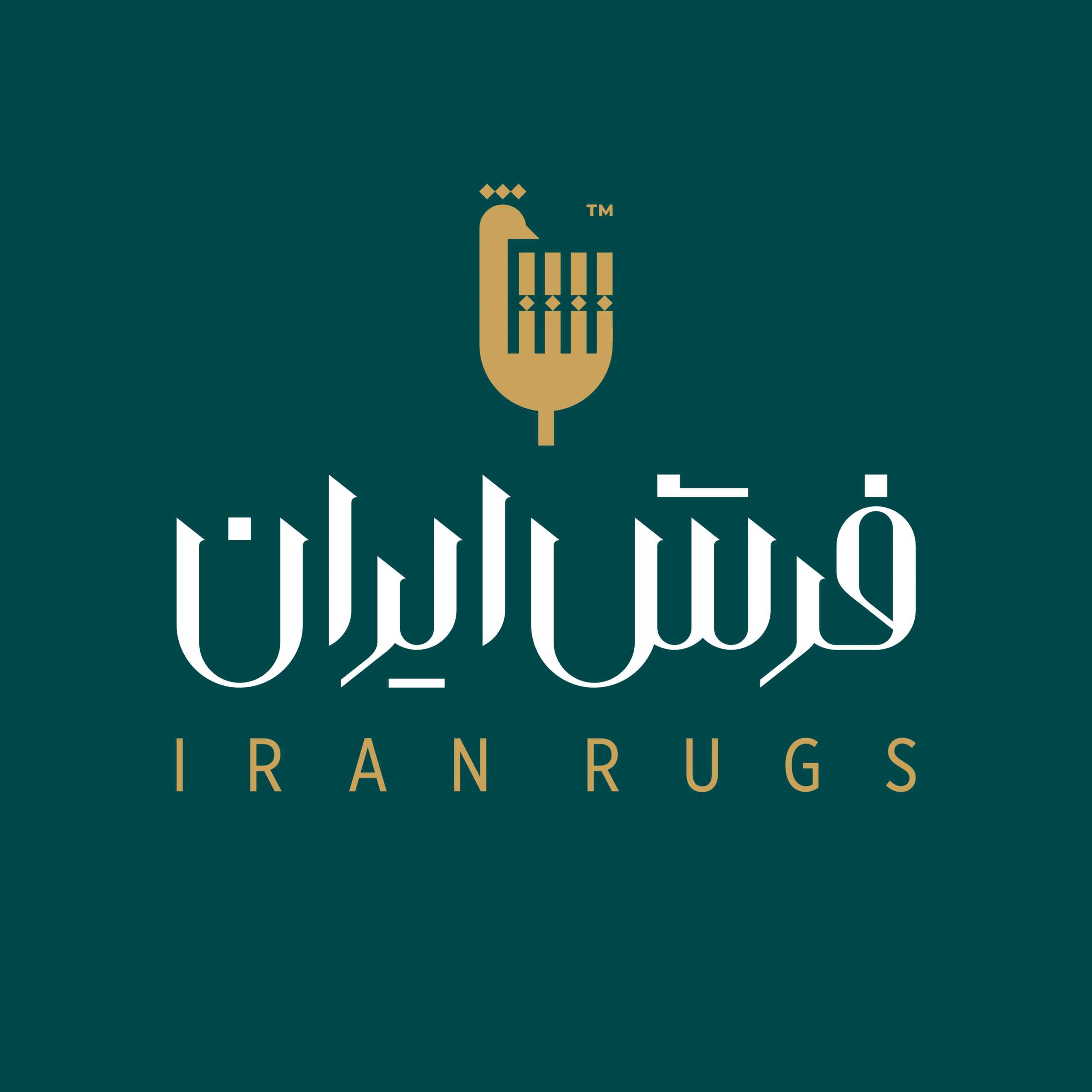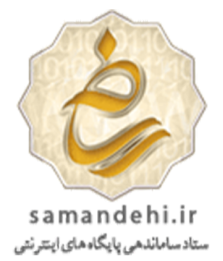We said earlier that the oldest known carpet in the world belongs to Iran and in history Iranians are considered the owners of this art. Iran has long been a cradle of culture and art, and artists had a special place in it. On the other hand, the hand-woven carpet industry and machine-made carpet industry play a significant role in the entry of currency into the country and the continuation of trade exchanges with other countries. In fact, the carpet industry, pistachio and saffron production are among our most important export industries.
It is mentioned in historical books and old writings that Iranians used to cover their bed with a soft underlay called carpet, and the first recorded destination of Iranian carpets, i.e. woolen rugs, was China. Today, the most beautiful antique and ancient hand-woven carpets and tapestries left over from the ancient era of Iran are kept in the great museums of other countries such as France, England, etc., and unfortunately, they are far from the reach of the people of our country.
Wool carpets with simple designs and unprocessed threads were the first examples of carpet texture after using animal skin. After that, with the development of the carpet industry and also the dyeing of artists and carpet weavers, they realized that various designs and roles can be implemented in the carpet. At first, these designs were simple or using angular geometric shapes such as rhombuses, squares, etc., which are widely used in Jajim weaving.
After that, simple designs of surrounding objects, animals, etc. with abstract and comprehensible concepts were chosen to be implemented in carpets. Some time later, animal designs appeared in carpets in a very simple form, which is one of the most beautiful examples. What remained from that period was the design of an antlered deer with a border and a red background color, which later (more recent designs) were used as pillow covers or backs, which had many fans in its period.
The designs of bergamot, trees, small flowers, etc., which are the symbols of Iranian carpets, can be seen in special periods of carpets, the best examples of which go back to the Safavid era. The Baharestan carpet is also a unique example of the works of the carpet industry left in Iran, after that, we can mention the Sheikh Safi carpet, which was two completely identical carpets with an incredible similarity, which is now kept in the Victoria Albert Museum in England.
Master Mohtashem Kashani carpet weaver Sheikh Safi was one of the artists of the Safavid era. The Ziegler Mahal rug is another priceless example of Iranian carpet. Among the later examples, we can mention Kerman vase carpet, Isfahan silk carpet, etc., which are known in history as the most expensive carpets sold. Knots, colors, designs, texture type, texture style, etc. are among the things that distinguish Iranian carpets from other countries.




